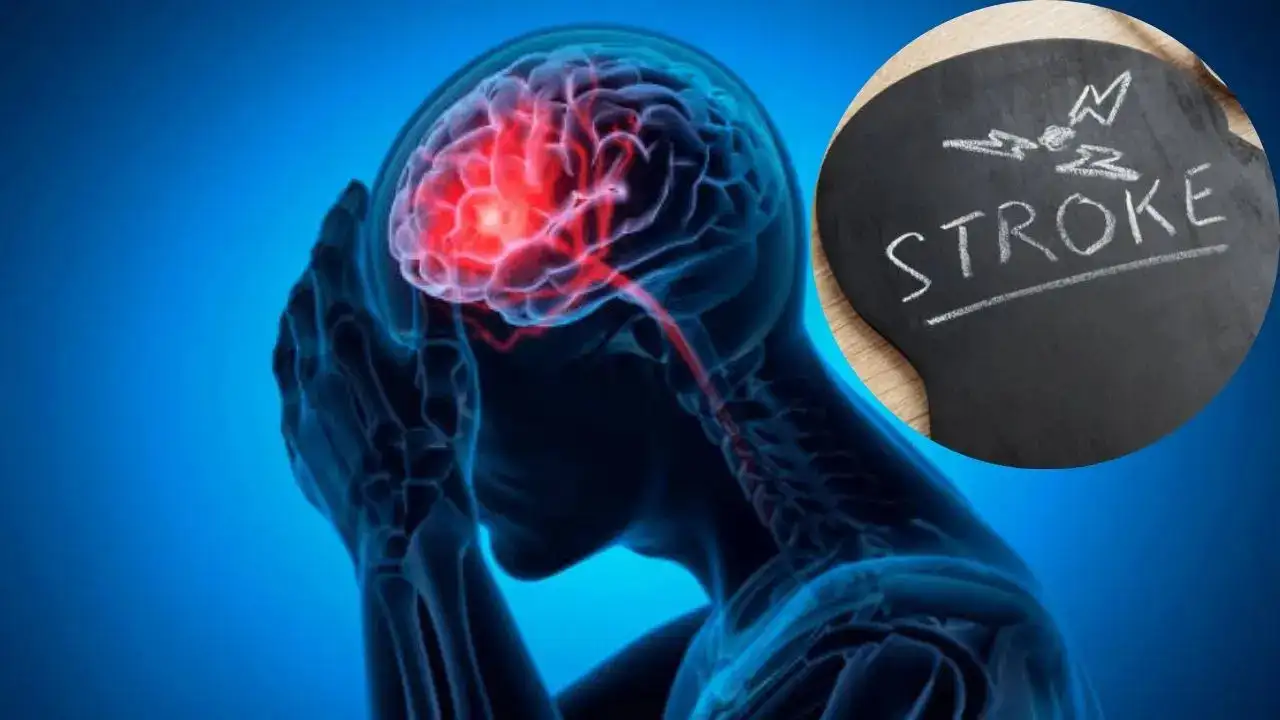
Immediate treatment minimizes brain damage and improves outcomes
Thousands die of strokes across the world every year. In 2019, stroke was the second leading cause of mortality globally, accounting for 11 per cent of deaths.
Stroke has three main types, with the first and most common—which accounts for 87 per cent of cases—being an ischemic stroke. It occurs when blood flows through the artery that supplies oxygen to the brain and becomes blocked. The second is a hemorrhagic stroke, caused by a rupture in an artery in the brain, which in turn damages surrounding tissues. The third type of stroke is a transient ischemic attack—also known as a ministroke—and happens when blood flow temporarily blocks the brain.
A stroke is an emergency and affects millions of people across India. Currently, the number of stroke cases is rising due to factors such as diabetes, hypertension, stress, absence of physical activity, poor eating habits, and smoking. There are two types of strokes: An ischemic stroke happens when a blood clot blocks or narrows a blood vessel, cutting off blood flow to a part of the brain. Hemorrhagic stroke is seen when a weakened blood vessel bursts, causing bleeding in or around the brain. However, there is still a lack of awareness regarding stroke among the masses. Addressing misconceptions will be beneficial in encouraging people to seek timely treatment.
And while strokes are very common, they are often misunderstood. And so, to help us dispel myths on the topic and improve our understanding, we got in touch with Dr. Shirish M. Hastak, Regional Director of Neurology, Stroke, and Neurocritical Care, Gleneagles Hospitals.
Busting myths linked to a stroke
Myth #1
Stroke is commonly seen in only older adults
Fact
It is believed that stroke only affects senior citizens over 65 years. However, this is a misconception, as due to factors such as high blood pressure and obesity, strokes are becoming more common in younger people less than 40 years old. “It is essential to manage diabetes and high blood pressure, cut down on smoking and alcohol, exercise, maintain an optimum weight, stay stress-free, and take medication as advised by the expert to prevent strokes,” said Dr. Hastak.
Myth#2
It is difficult to identify a stroke
Fact
Pay attention to the acronym BEFAST, where:
B: Balance Problems
E: Eye Problems
F: Facial drooping
A: Arm weakness.
S: Speech impairment.
T: Time to get to a hospital immediately.
These are the common signs of a stroke, and one suffering from it should be admitted to a nearby hospital without any delay after the onset of the symptoms. “Seeking treatment within the golden hour, that is, four-and-half hours, may help improve patient outcomes,” Dr. Hastak added.
Myth #3
It is not possible to manage a stroke.
Fact
Immediate treatment minimises brain damage and improves outcomes. In many cases, quick action can even stop a stroke in progress. One will be managed with clot-busting drugs for ischemic strokes. Moreover, surgery is an option for hemorrhagic strokes, which will be beneficial in stopping bleeding and reducing pressure on the brain. So, in case your loved one is suffering from a stroke, don’t panic; just ensure they get timely life-saving treatment.
Myth #4
Stroke recovery happens in only the first six months
Fact
While the most rapid recovery often occurs in the first six months, many stroke survivors continue to improve for months or even years after a stroke. “Aggressive rehabilitation and therapies will aid in the recovery of the stroke patient. So, recovery can continue for over a year with an appropriate plan designed by an expert,” said Dr. Hastak.
Myth #5
Stroke only produces paralysis
Fact
While a stroke occurs in the brain, its effects can impact many different parts of the body. It can lead to balance problems, coordination issues, swallowing problems, memory problems, an inability to concentrate, depression, mood swings, and irregular bladder and bowel movements.
“One can also experience difficulty speaking (aphasia) and problems with reading or writing. One is advised to undergo physical, speech, and occupational therapy to recover after a stroke.”
